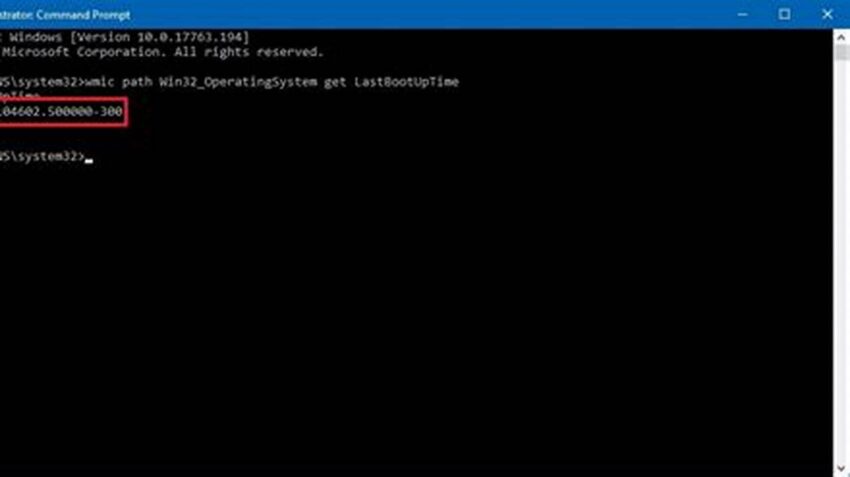Knowing how long a Linux system has been running continuously is often crucial for system administrators. This information can be vital for troubleshooting, performance analysis, and security audits. Accessing this data is straightforward through command-line interface (CLI) commands, offering a quick and efficient method for checking system uptime.
Importance of System Uptime
Tracking uptime helps identify potential stability issues. A system frequently rebooting may indicate underlying hardware or software problems.
Security Implications
Extended uptimes can sometimes increase vulnerability to security threats. Regular patching often requires a reboot, and delaying these updates can leave systems exposed.
Performance Monitoring
Uptime information can be correlated with performance metrics to understand how long the system has been operating under specific conditions.
Troubleshooting
Knowing when the system last restarted helps narrow down the timeframe of potential issues, simplifying the troubleshooting process.
Scheduled Maintenance
Uptime data informs decisions about scheduling necessary maintenance and updates, minimizing disruption to operations.
Resource Management
Understanding uptime helps assess the stability and reliability of server resources, allowing for more effective resource allocation.
Compliance Requirements
Some regulatory frameworks require documented system uptime for auditing purposes, making it essential to track this metric accurately.
Disaster Recovery
Uptime records are valuable for disaster recovery planning, helping estimate potential downtime and plan appropriate recovery strategies.
System Administration Best Practices
Regularly checking system uptime is a fundamental aspect of responsible system administration, enabling proactive identification and resolution of potential problems.
Tips for Utilizing Uptime Information
Log and Track: Regularly log uptime data to monitor trends and identify potential issues proactively.
Correlate with Other Metrics: Combine uptime information with other system performance metrics for a comprehensive view of system health.
Establish Baselines: Determine typical uptime durations to identify deviations and potential instability.
Automate Checks: Script automated uptime checks and alerts to streamline monitoring and ensure timely responses to issues.
Frequently Asked Questions
How is uptime calculated on a Linux system?
Uptime is calculated from the moment the system last booted until the present time. It includes any periods of activity and inactivity.
What command displays system uptime?
Several commands, such as `uptime`, `w`, and `top`, display system uptime information.
What are the units of measurement for uptime?
Uptime is typically displayed in days, hours, and minutes.
Can uptime be reset without rebooting?
No, uptime is inherently tied to the last boot time. It cannot be reset without a system reboot.
Where can I find more detailed information about Linux system commands?
The `man` command (short for manual) provides comprehensive documentation for Linux commands. For example, `man uptime` will display the manual page for the `uptime` command.
Effectively utilizing the available commands and understanding the significance of uptime information empowers administrators to maintain stable, secure, and high-performing Linux systems.

